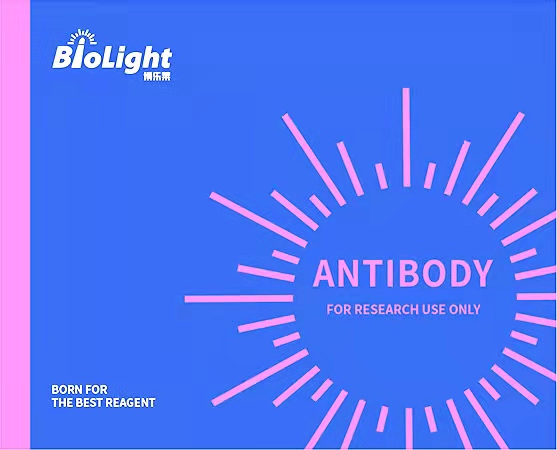
Anti-PDGFC Antibody, Rabbit Polyclonal
产品编号:PA00811HuA10
$ 询价
规格 50uL 100uL 200uL
产品名称:Anti-PDGFC Antibody, Rabbit Polyclonal
经验证的应用:/
交叉反应:/
特异性:human PDGFC
免疫原:Recombinant human PDGFC protein, fragment Val235~Gly345; UniprotKB: Q9NRA1
制备方法:Produced in rabbits immunized with human PDGFC, and purified by antigen affinity chromatography.
来源:Polyclonal Rabbit IgG
纯化:Immunogen affinity purified
缓冲液:Supplied in PBS, 50% glycerol and less than 0.02% sodium azide, PH7.4
偶联物:Unconjugated
状态:Liquid
运输方式:This antibody is shipped as liquid solution at ambient temperature. Upon receipt, store it immediately at the temperature recommended.
储存条件:This antibody can be stored at 2℃-8℃ for one month without detectable loss of activity. Antibody products are stable for twelve months from date of receipt when stored at -20℃ to -80℃. Preservative-Free. Avoid repeated freeze-thaw cycles.
别称:PDGF-C, SCDGF, VEGF-E, Fallotein, Spinal cord-derived growth factor, Platelet-derived growth factor C, latent form, Platelet-derived growth factor C, receptor-binding form
背景信息:PDGF-CC. The platelet-derived growth factor (PDGF) family consists of proteins derived from four genes (PDGF-A, -B, -C, and -D) that form four disulfide-linked homodimers (PDGF-AA, -BB, -CC, and -DD) and one heterodimer (PDGF-AB) (1). These proteins regulate diverse cellular functions by binding to and inducing the homo- or hetero-dimerization of two receptor tyrosine kinases (PDGF R alpha and R beta ). Within the PDGF family, PDGF-C and PDGF-D constitute a subgroup that shares similar structural organization (2, 3). Both proteins are secreted as inactive homodimeric latent growth factors. Each monomer has two distinct protein domains: an N-terminal CUB domain; and a C-terminal PDGF/VEGF homology domain that shares 27 - 35% sequence identity with the corresponding regions of other PDGF family members. An 80 - 90 amino acid residue hinge region connects the two domains. Sequential removal of the CUB domains in the homodimeric latent growth factor by extracellular proteolytic cleavage at the hinge region is required to release the bioactive PDGF/VEGF homology domain (1). Twelve cysteine residues are found within the PDGF/VEGF homology domain of PDGF-C, including the characteristic eight invariant cysteine residues involved in inter- and intra-chains disulfide-bonds needed for the formation of the cysteine-knot structure. Bioactive PDGF-CC binds with high-affinity to PDGF R alpha but not PDGF R beta and activates PDGF R alpha homodimerization (1). PDGF-CC has also been shown to activate PDGF R alpha beta heterodimers (1). PDGF-CC is expressed in multiple embryonic and adult cell types and tissues. During embryonic development, PDGF-CC is involved in ductal morphogenesis (4). PDGF-CC is a potent angiogenic factor that stimulates vessel growth in the mouse cornea pocket assay and in the CAM assay (5). It stimulates coronary artery smooth muscle cell proliferation and may play an important role in cardiovascular development and function (6). PDGF-CC is also expressed in many tumors and tumor cell lines and has a causative role in tumorigenesis (7). Mature human and mouse PDGF-C share 93.7% amino acid sequence identity.
全称:Platelet-derived growth factor C (PDGFC)
说明书:待上传

